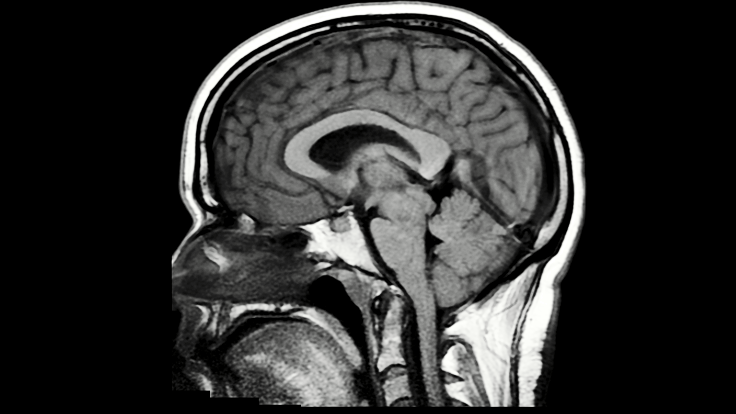
Cerebrospinal fluid is the clear fluid that surrounds the brain and spinal cord. It cushions the brain and spinal cord from injury, delivers nutrients and acts as a waste removal system for the brain.
A cerebrospinal fluid leak occurs when fluid escapes through a small tear or hole in the outermost layer of tissue that surrounds the brain or the spinal cord. Leaks can occur in the skull or at any point along the spinal column.
Because headache is a common symptom, patients are often misdiagnosed or mistreated for migraines.
"About 85% of patients with a cerebrospinal fluid leak at the level of the spine will have an orthostatic headache — one that gets worse when they stand up and better when they lie down," says Dr. Jeremy Cutsforth-Gregory, a Mayo Clinic neurologist.
Once properly diagnosed, a blood patch procedure is often an effective treatment for spinal cerebrospinal fluid leaks. The patient's own blood is injected into the spinal canal, and the blood clot that forms can stop the leak. In other patients, surgery or a novel procedure called paraspinal vein embolization may be more appropriate.
On the Mayo Clinic Q&A podcast, Dr. Cutsforth-Gregory discusses diagnosing and treating spinal cerebrospinal spinal fluid leaks.
Watch: Dr. Cutsforth-Gregory discuss treatment for spinal cerebral spinal fluid leaks
Read the full transcript.
____________________________________________
For the safety of its patients, staff and visitors, Mayo Clinic has strict masking policies in place. Anyone shown without a mask was either recorded prior to COVID-19 or recorded in a nonpatient care area where social distancing and other safety protocols were followed.
Related Articles







